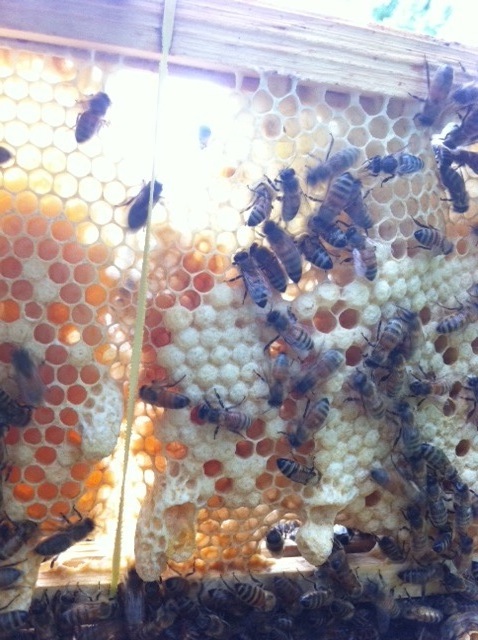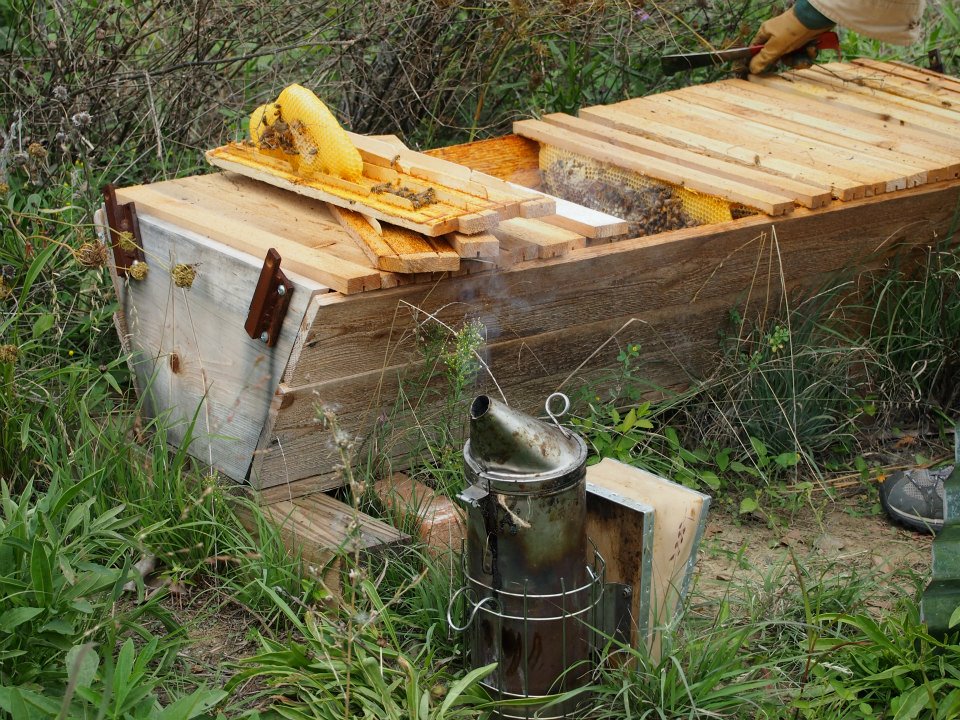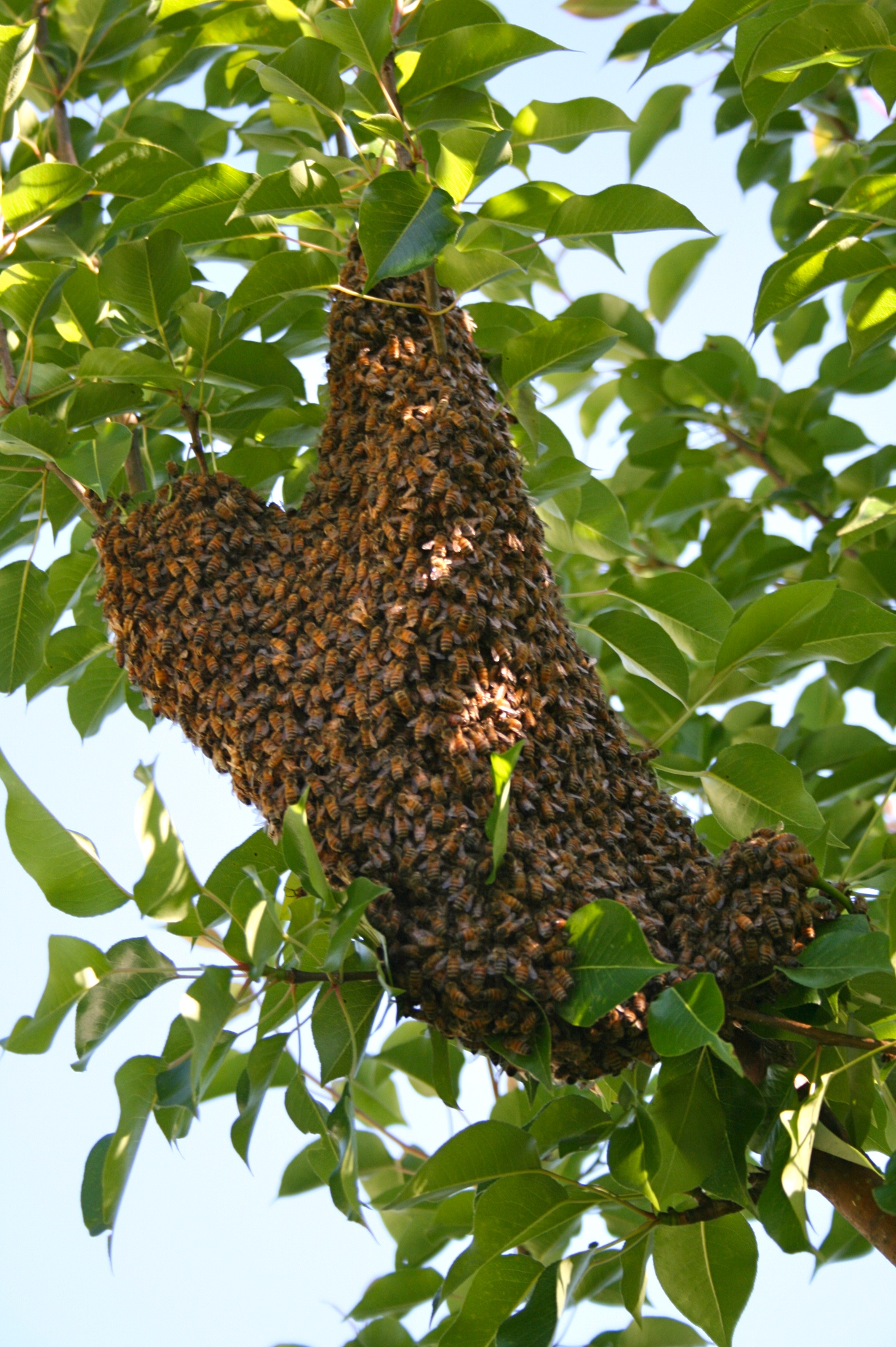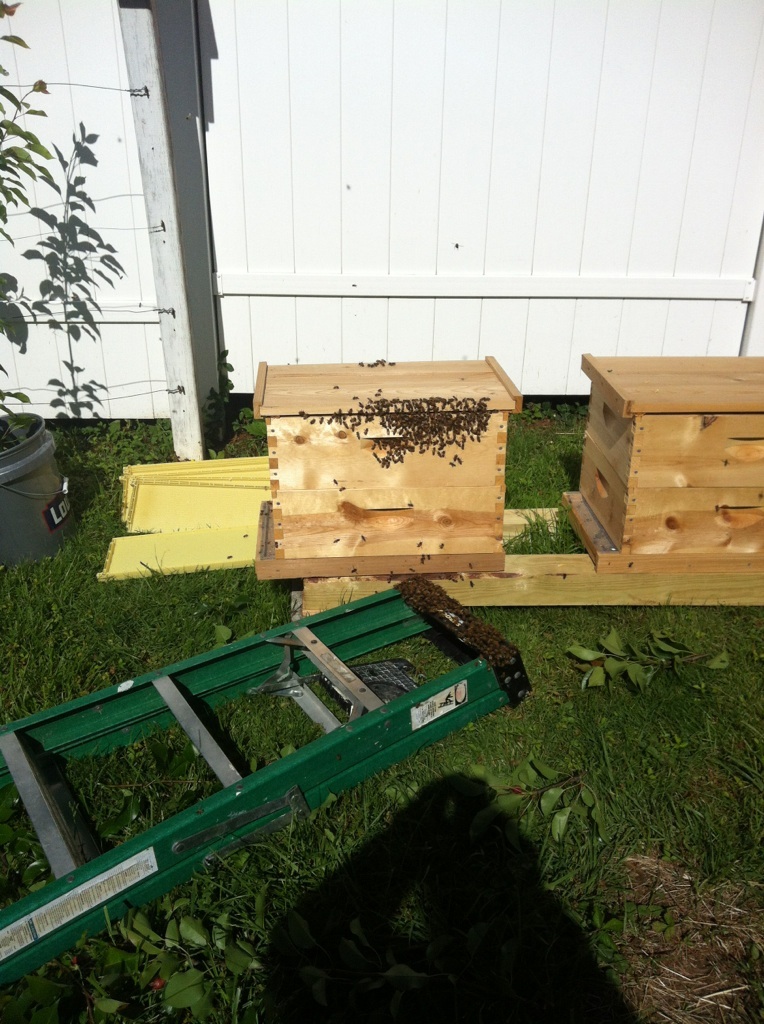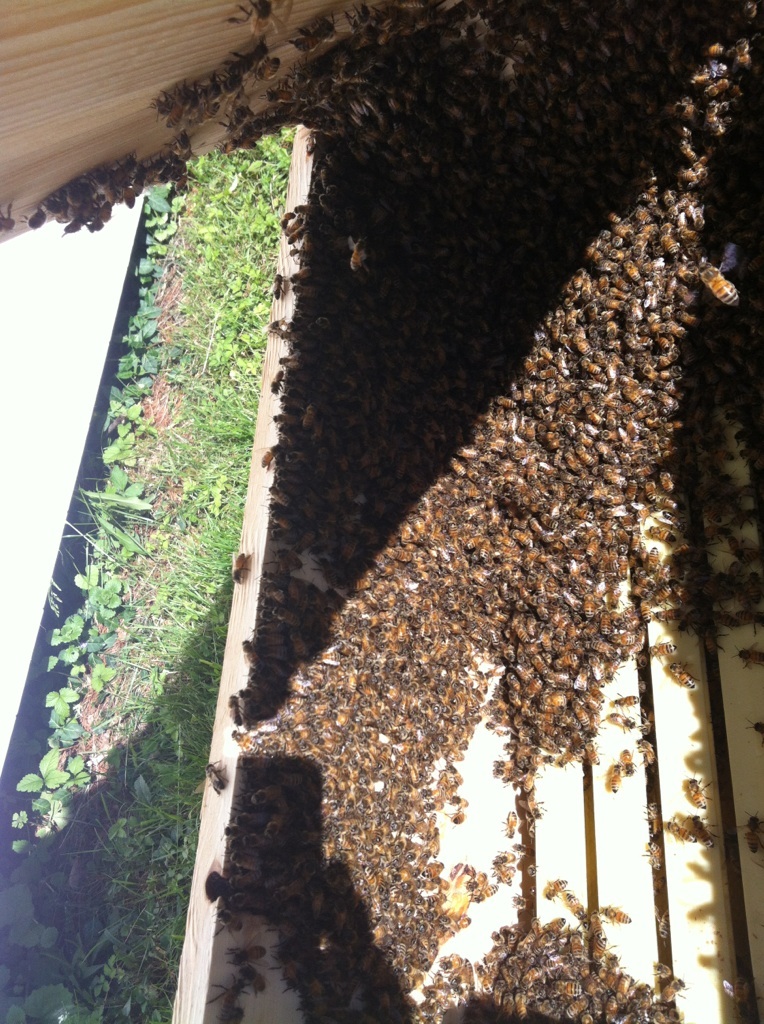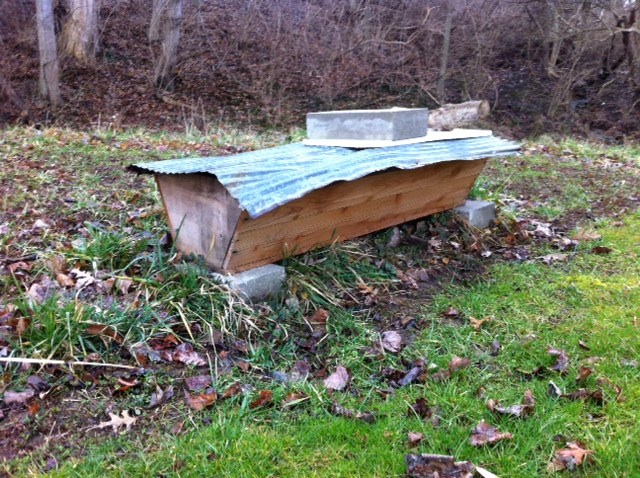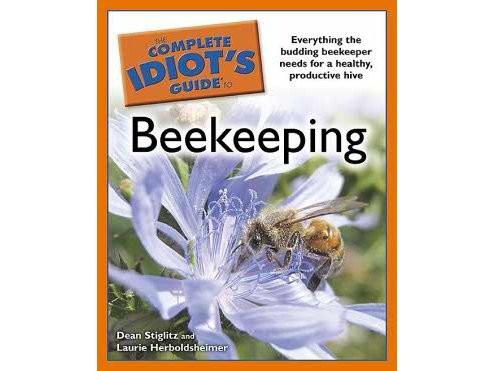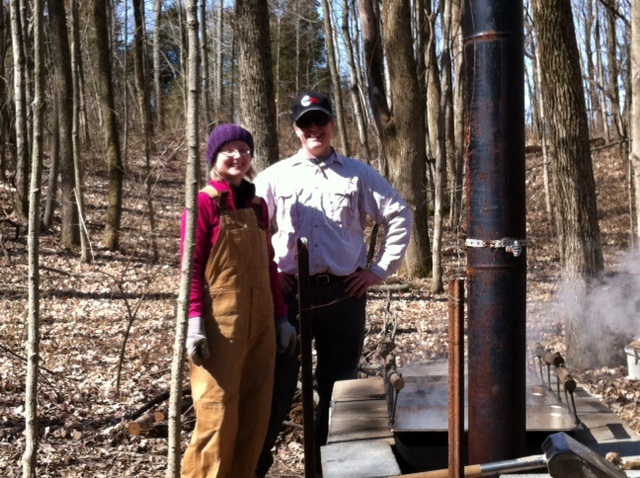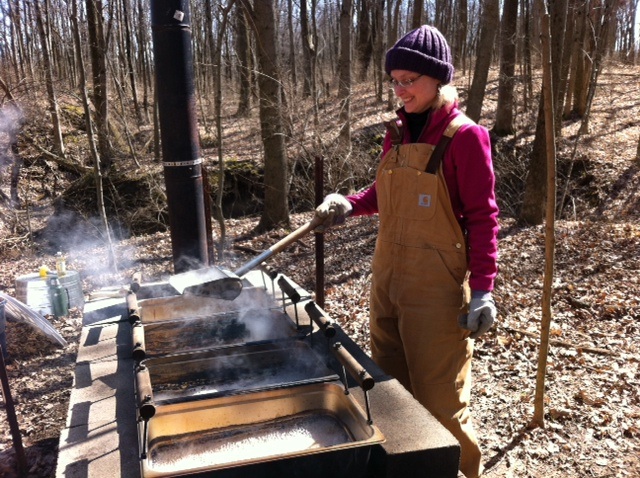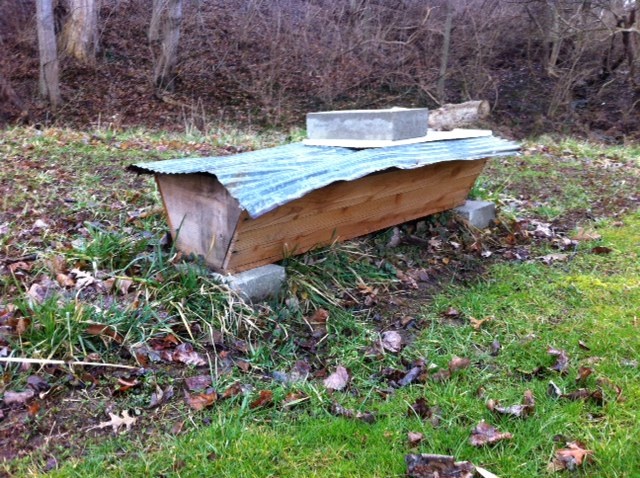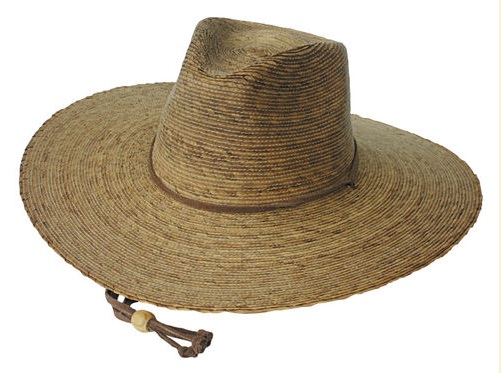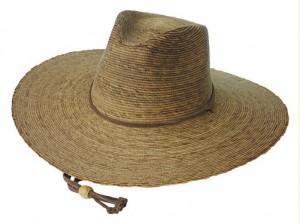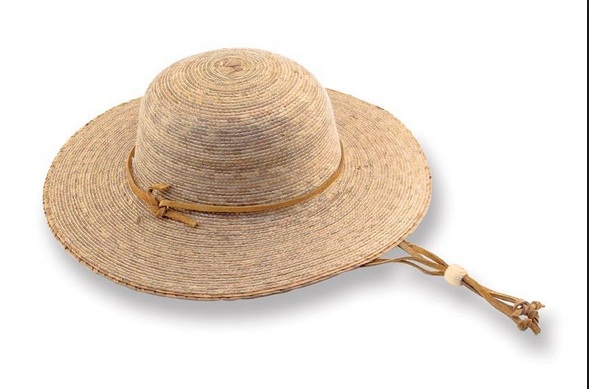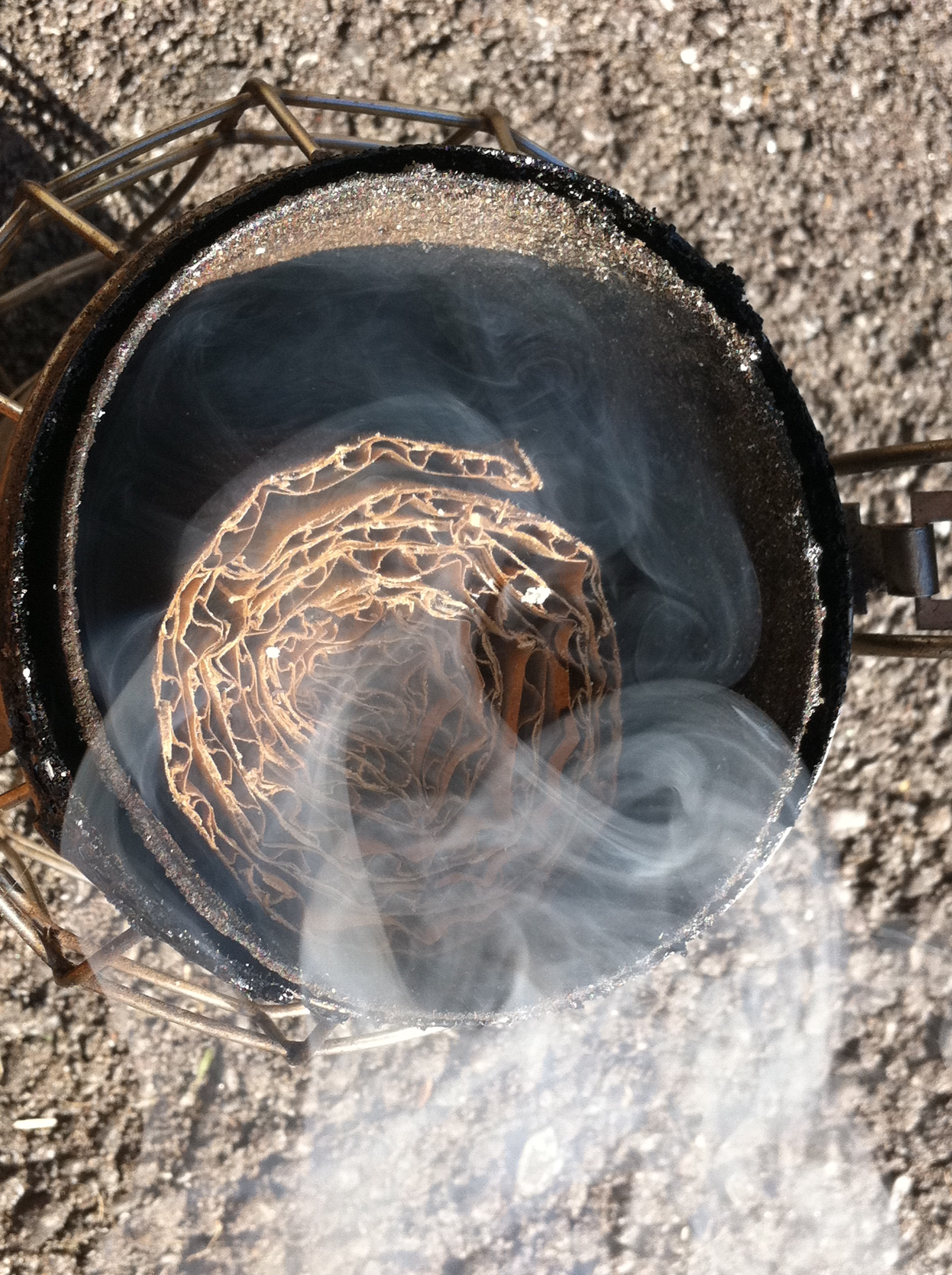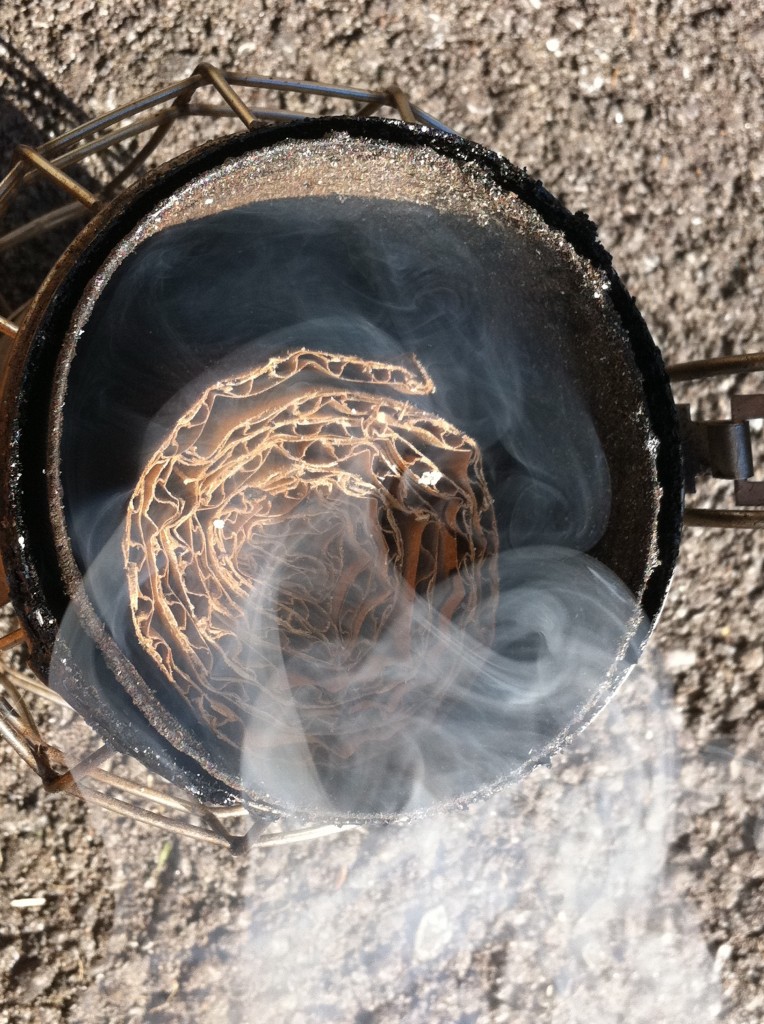I’m here to report SUCCESS on the queen-rearing front.
I read the books, watched the videos, asked my questions on the beekeeping forums. I bought the little plastic queen-rearing cells, the queen-rearing frames, the little larvae-lifting device, the queen-rearing nucs, and the mating castle. But before I could even begin my actual experiment employing all those suggested gizmos, a queen-killing accident in my strongest hive resulted in a slew of drop-dead gorgeous queen cells. They were sublime…at the same time horrifying and thrilling beyond imagination. I harvested the cells. From which queens emerged and mated and began getting down to work laying eggs in breathtaking patterns.
That accident taught me a lot.
So, I am now rearing my queens without all those devices. No larva-scooping device. No fancy cells or frames. I am simply populating a 5-frame nuc with a very strong number of bees, giving it a frame of honey, a frame of pollen, and a frame of brood…and once it realizes it’s queenless (24 hours after I make the nuc), I give it a frame containing four-day old larva. I then wait seven days and harvest the queen cells and Viola!, within three weeks I have beautiful queens with developed ovarioles ready to get to work.
This whole experience reminds me of my bread-baking experiments a number of years ago. While many of my friends were getting all heady about their fancy bread-making machines, I began makign the best bread imaginable using only my hands and a wooden spoon. I don’t even use a bread pan. I simply toss my hand-formed loaf onto a baking sheet. Something deep within me wants to avoid gizmos.
All of this is to say, Reader: I now have a strong number of very beautiful queen bees who are laying in some drop-dead gorgeous patterns. It makes me dizzy to see the beauty. I’ve chosen my queens from swarms I collected early this season…and from my surviving stock. Which means that these queens embody strong Midwestern genetics and stand a chance of surviving our winters. And their offspring know how to forage our Midwestern flora.
If you need a queen, my friend, I’ve got her right here (as long as I can keep up with demand while still producing strong queens…I’m not a queen factory. I delight over every queen…which, for some reason, seems important). And I can get one of these sweet queens to you.

